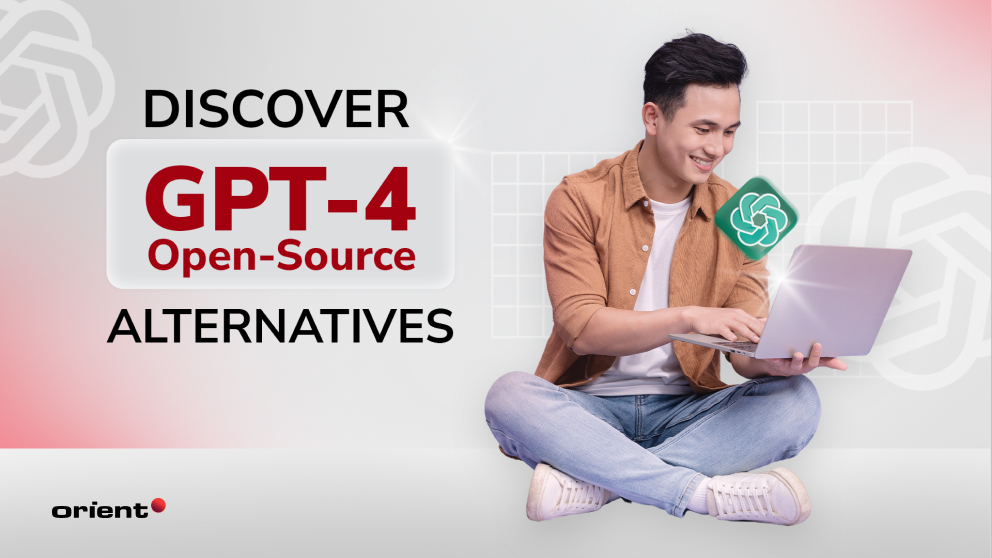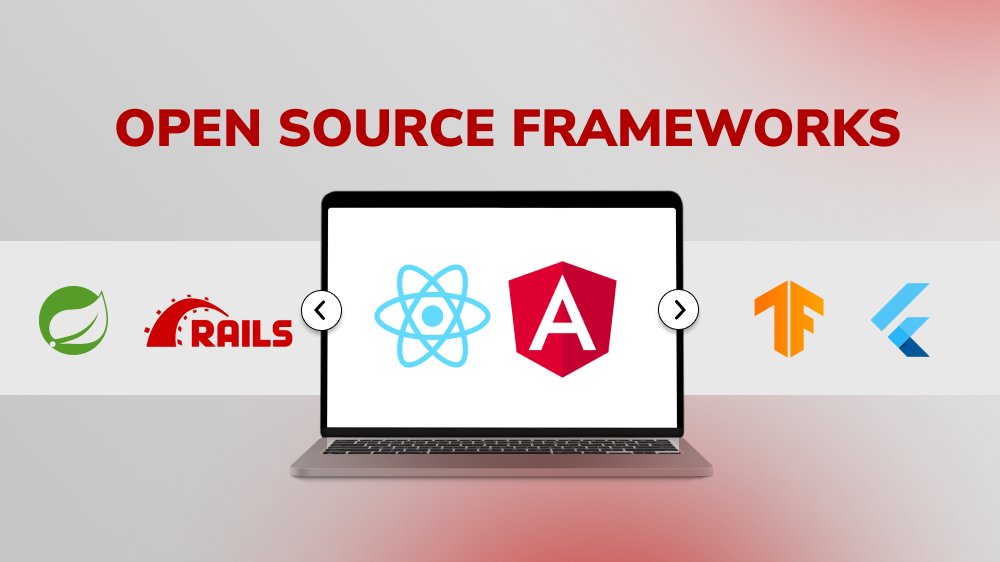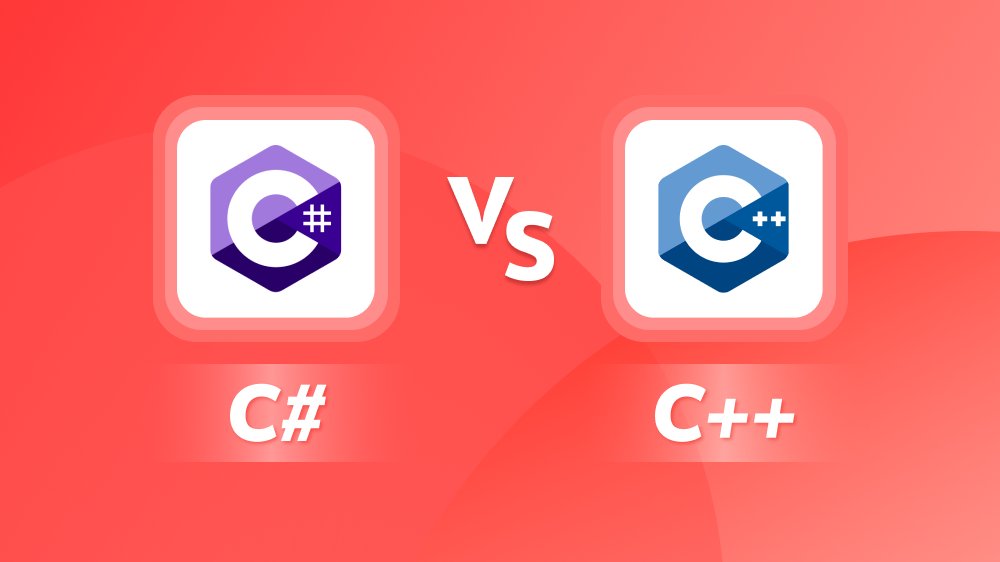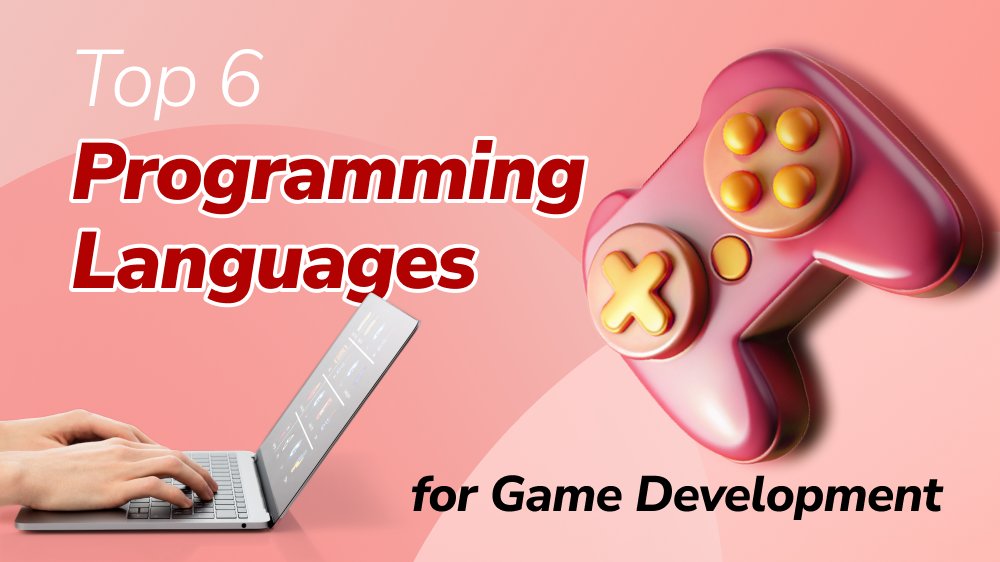
Top 6 Programming Languages for Game Development
Here is a list of the top six programming languages to use for game developments. Read this & find out which gaming programming languages are right for you.
Although GPT-4, the latest natural language processing technology from OpenAI, is the cream of the crop in the world of deep learning models, there are several limitations to the platform. These limitations make it difficult for businesses and individuals to harness the service to its full potential. These limitations come in the form of a paid subscription model, which means that users must pay an ongoing fee to access and use the platform, along with limited knowledge about the underlying technology that powers the platform, which limits what users can do to fine-tune and improve the deep learning model to achieve better results.
As a result of the high barrier to entry that users face with GPT-4, several GPT-4 open-source alternatives have entered the market, providing potential users with a flexible range of lower-cost and even free options, which offer similar workflows and performance to the official GPT-4 learning model.
In this article, you will find out what GPT-4 is, why you should consider using GPT-4 open-source alternatives, and the five top alternatives out there that you can use in your project today. Ready? Let’s dive right into it.
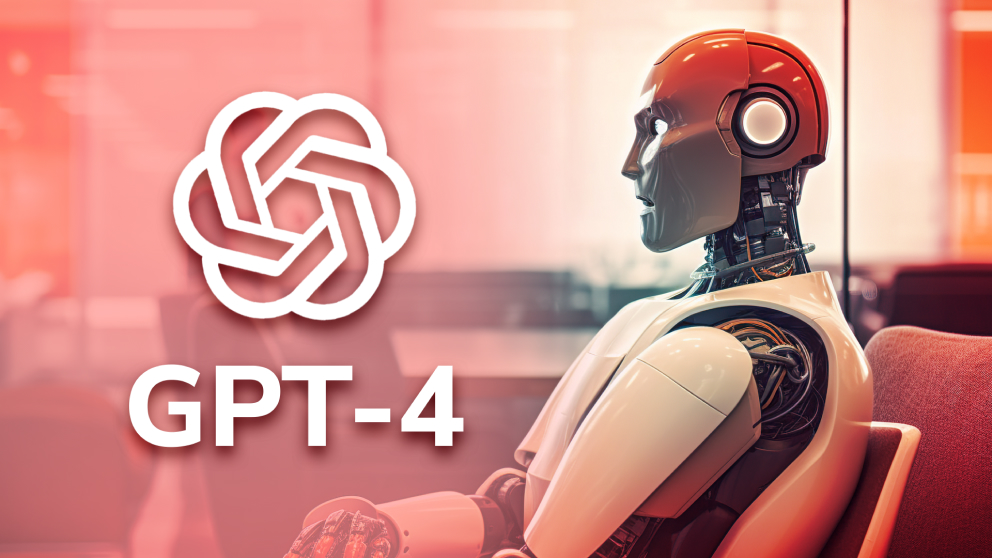
Generative Pre-trained Transformer 4 is a deep learning language model developed and released by the artificial intelligence (AI) research organization OpenAI on March 14, 2023. As the name implies, GPT-4 is the fourth iteration in the series of GPT foundation models, which offers improved performance, accuracy, and features compared to the three previous models. At the heart of it all, GPT-4 is a text generator, one that is designed to automatically collect, review, and analyze pre-existing data to create text that – as closely as possible – predicts and anticipates what a user would have wanted to type based on a preset criterion.
To generate accurate and legible text, the GPT series has gradually evolved, getting better at understanding context, factual accuracy, and meaning to produce content that resonates with audiences, matches user expectations, and achieves meaningful results. Probably the most well-known use of GPT-4 is ChatGPT, the proprietary chatbot released by OpenAI on November 22, 2022, which enables users to type in custom prompts (written instructions for the program to follow) and receive generated text that aims to satisfy the user’s intent. Since its release, ChatGPT has been used to power the likes of Microsoft Bing Chat.
If all this sounds incredibly complicated, that’s because it is; GPT-4, and its predecessors, rely on an enormous amount of referential data, computing and processing power, and energy to function properly, which has raised concerns about the environmental impact of the technology along with legal and ethical concerns about its use in different private and commercial applications.
There are many reasons why you may consider using open-source alternatives to the official GPT-4 model. These reasons relate to several contributing factors, including cost, features and functions, and scalability. Let’s take a closer look, in detail, as to why open source is a growing market in the world of natural language processing.
For starters, GPT-4 is not free to use; in terms of pricing, you must pay for what you use with GPT-4. It is priced on a token-based system, where every 1,000 tokens are equal to about 750 words, and 1,000 tokens are equal to USD 0.03 (Input) and USD 0.06 (Output).
While on paper, this may sound affordable, for businesses that generate hundreds of thousands of, if not millions of, texts daily, the cost of using GPT-4 can quickly balloon out of control, resulting in an expensive ongoing cost for a company.
These numbers also do not factor in the cost of having a human, a paid worker, to manually review and edit the text to ensure the content is factually correct, ethical, legally viable, and suitable for the target audience. So, you see, the cost of using GPT-4 is far greater than it may seem, hence why GPT-4 open-source alternatives are cropping up everywhere.
Aside from cost, GPT-4 open-source alternatives offer more features, functions, and capabilities than the original GPT-4.
For example, alternatives like ColossalChat let you clone AI models (based on the use of an RLHF, a Reinforcement Learning from Human Feedback pipeline). This means that you can apply reinforcement learning (with human feedback) to optimize and improve the language model the more you use it.
Other alternatives like Auto-GPT go beyond the capabilities of GPT-4, reducing the workload on the user by automatically generating prompts. Instead of having to manually type in prompts yourself, Auto-GPT gives you the option to simply outline a desired goal or outcome, to which the system will then follow those instructions and perform the necessary steps to achieve that result.
Products like GPT-4 and ChatGPT have received a lot of criticism in return for the amount of energy they consume. This is because natural language models rely on the power of graphics processing units (GPUs) and memory to perform their intended tasks, resulting in large amounts of energy being used. According to research from the Stanford Institute for Human-Centered Artificial Intelligence, the amount of energy required to power products like OpenAI’s GPT-3 could power an average American home for hundreds of years.
For this reason, GPT-4 open-source alternatives are aiming to reduce the amount of processing power they need to function properly. These alternatives offer similar capabilities to GPT-3.5 and GPT-4, albeit with less demanding computational resources than the original GPT-4. For instance, the Alpaca-LoRA open-source model requires just 4GB of RAM (from a Raspberry Pi 4) to deliver similar results to GPT-3.5.
Now that you have a basic understanding of what GPT-4 is and the benefits of utilizing open-source GPT-4 alternatives let’s take a look at some of the biggest players in the market right now.
Many of these open-source options are free to use, but some are also paid, and others require an ongoing subscription to use (remember, ‘open-source’ means the code is open to the public, not that the service is immediately free to use). We’ll try to specify which ones are free to use and which ones require payment.
It is also worth mentioning that many open-source alternatives are only available for non-commercial use, so, for the most part, you are not allowed to use these tools for commercial applications.
So, without further ado, let’s look at the top five GPT-4 open-source alternatives you can use right now.
ColossalChat was one of the first GPT-4 open-source alternatives to be released to the public back in March 2023, just following the official release of GPT-4. Although just because it was one of the first, that doesn’t make it its only achievement: ColossalChat boasts several innovative features, such as the ability to process 7 billion parameter models on just 4GB of GPU memory, making it a lightweight and energy-efficient option.
Another great thing about ColossalChat is the RLHF (Reinforcement Learning from Human Feedback) pipeline, which includes the ability to perform supervised data collecting and fine-tuning, enabling the AI systems to learn and adapt the more you use it.
ColossalChat is currently free to use. Meanwhile, the AI model that the platform uses, Colossal-AI, is also available to download from GitHub for free.
Trained on around 70k user conversations (collected from ShareGPT) and fine-tuned on LLaMA (which stands for Large Language Model Meta AI, a series of large language models developed and released by Meta (formerly Facebook) AI), Vicuna is another impressive GPT-4 open-source alternative, one that is quickly gaining traction.
According to an initial evaluation, Vicuna was able to achieve around 90% of the quality of rivals like ChatGPT and Google Bard, and it also outperformed LLaMa and Alpaca in 90% of cases. The current limitations of Vicuna include handling tasks such as reasoning and mathematics. However, the developers hope to overcome these limitations in the coming months and years as the platform evolves.
The code and model weights for Vacuna, along with an online demo, are available free to use on a non-commercial basis.
Developed and released by Google in November 2018, BERT (Bidirectional Encoder Representations from Transformers) is a language representation model designed for pre-training and fine-tuning, as well as creating models trained to perform a wide range of tasks.
BERT uses a procedure called Masked LM to pre-train bidirectionally, which enables the platform to learn in a non-linear fashion and gain a deeper understanding of the context behind the prompts that it gives, thus improving text accuracy and reasoning. It’s also relatively easy to teach BERT on custom training data, enabling you to fine-tune BERT to meet your specific needs, like providing answers and information related to your specific niche, field, or industry.
The TensorFlow and pre-trained models for BERT are available to download from GitHub.
ChatNBX is an open-source conversational AI platform that places a strong emphasis on privacy, customization, and training. In terms of privacy, the platform requires no sign-up to use, saving you from the trouble of handing over your personal information to use the service.
Another advantage to ChatNBX is the ability to adjust the ‘temperature’ of the responses given by the platform, meaning you can fine-tune the responses to your preferences. So, whether you would prefer more concise or detailed responses, you can adjust ChatNBX to suit your needs.
ChatNBX also has a built-in feature to penalize repetitive responses. This encourages you to discourage the platform from giving the same responses over and over again, ensuring it learns from its mistakes and provides more original, engaging, and thought-provoking answers – without sacrificing accuracy – as time goes on.
ChatNBX is free to use on its official website.
Released in October 2023, Ernie 4.0 – developed by Chinese technology company Baidu – promises to deliver model quality similar to, if not better than, OpenAI’s GPT-4 model performance. So powerful is Ernie 4.0 that during the initial reveal of the model at an event in Beijing, CEO Robin Li demonstrated the model by writing a martial arts novel in real time. Outside of this impressive feat, the Ernie 4.0 model powers the same chatbot by the company, ErnieBot, and it has amassed more than 45 million users since being released. Considering the cost to build a chatbot can vary considerably, having an option like ErnieBot is great for customers.
But what sets Ernie apart from the rest? Most importantly, it utilizes a feature called the Baidu Map, which is essentially a central hub where you can access functions (with natural language queries) powered by Ernie instead of having to search for other options outside of the Ernie ecosystem.
The Ernie bot is currently available and free to use on the Ernie Bot website. However, the only supported language so far is Chinese, so please stay tuned for more updates about a possible English-language release later.
If you’re considering using AI, particularly an open-source platform, for your next project, you may need help with utilizing the platform to its full potential. This is where Orient Software can help. Our artificial intelligence technology solutions team is highly skilled in researching, developing, and implementing custom AI solutions that meet your specific needs.
We can help you incorporate an existing GPT-4 open-source alternative into your next project. Or we can develop a custom solution from scratch, utilizing the latest tools and technology to deliver a solution that goes above – and beyond – what a standard AI system can provide for you.
Additionally, we also provide consultation and guidance, helping you better understand the current state of AI and where the market is heading and advising you on what solutions could be best for your unique business goals.
To learn more about our AI solutions at Orient Software, contact us today.
Here is a list of the top six programming languages to use for game developments. Read this & find out which gaming programming languages are right for you.
Curious about the pros and cons of open-source frameworks? Discover the key benefits and risks that come from your familiar tools.
Are you curious about the differences between C# and C++? Take a look at the key differences and make an informed decision in this comprehensive comparison for beginners.
This post will give you crucial factors to consider and top recommendations for a programming language speed comparison. Check it out now.
Get the answer to “What is C++ used for? Discover the surprising versatility of this powerful programming language.

